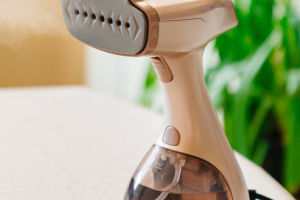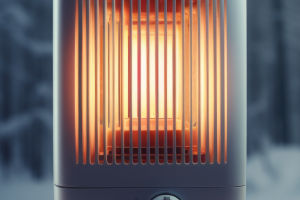Ironing clothes properly is a skill that can make a significant difference in your appearance and confidence.
So, how do you iron your clothes properly at home?
Start by setting up your ironing station. Place your ironing board on a flat surface and make sure it is stable and secure.
Fill the iron with water if needed and set it to the appropriate temperature for the fabric you will be ironing. Refer to the garment's care label for temperature instructions.
Sort your clothes by fabric type and thickness.
This will help you determine the appropriate temperature setting for each item and prevent damage. Start with delicate fabrics and gradually move to heavier ones.
Begin with slightly damp clothes, as they are easier to iron.
If your clothes are dry, use a spray bottle to lightly mist them with water, ensuring they are not soaking wet.
Alternatively, you can place a damp cloth on top of the garment while ironing.
Start ironing from the inside of the garment, such as the inside collar or cuffs. This helps to prevent shiny marks on the outer surface of the fabric.
Gently stretch the fabric as you move the iron in smooth, straight motions. Avoid applying excessive pressure, as it can flatten the fabric or create creases.
Pay attention to the collar and cuffs, as they are often the most visible parts of a garment.
Iron them on both sides, starting with the inner side, and then moving to the outer side.
For sleeves, iron them from the shoulder down to the cuff, ensuring there are no wrinkles along the seams.
For shirts and blouses, iron the front and back panels, using long, straight strokes. Move from the top to the bottom, gradually working your way across the garment.
Take care when ironing buttons, as they can be delicate. Iron around them without applying direct pressure.
Pants and skirts should be ironed flat, with the seams aligned. Start with the waistband and iron it flat, making sure it lies smoothly.
Then, move to the legs or skirt panels, again using smooth, straight motions. Take special care when ironing pleats, working them from the top down.
When ironing dresses or more complex garments, pay attention to details such as ruffles, pockets, or pleats. Iron them carefully, using the appropriate technique for each.
Once you finish ironing a garment, hang or fold it immediately to prevent new wrinkles from forming.
Allow it to cool down before wearing or storing.
Finally, clean and maintain your iron regularly to ensure it works effectively.
Follow the manufacturer's instructions for descaling and cleaning the soleplate.


